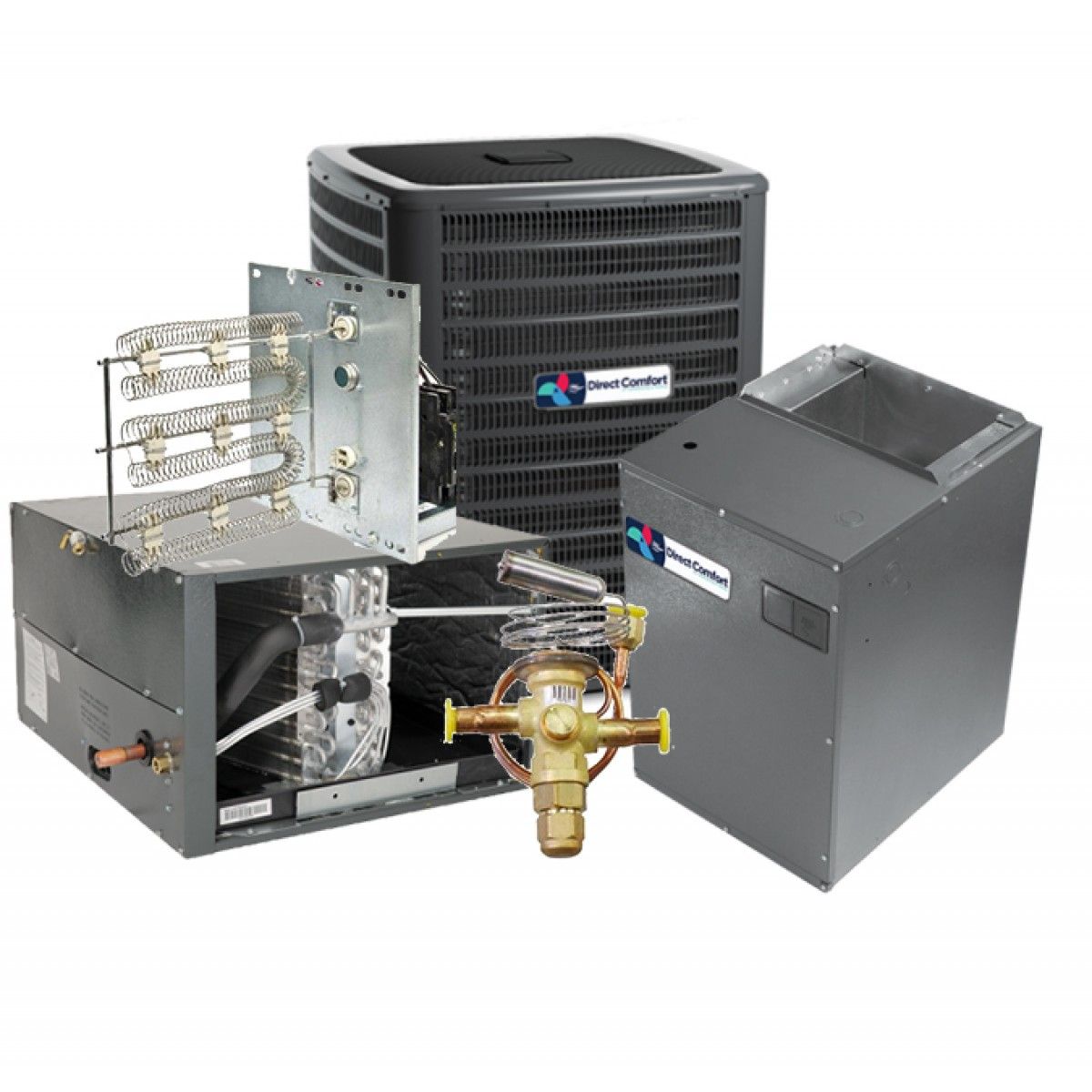Many homes are equipped with temperature pumps as their very own cooling and heating system. Heat pumps work nicely at most temperature ranges; however, in extreme temperatures they may not provide the comfort levels you expect. Listed below are some operating repairs and maintanance tips to aid you set reasonable expectations about temperature pumps and to keep up with the system with peak energy productivity and operating usefulness.
Heat pumps absorb heat from 1 place and move it to another. Within air conditioning method, they absorb heat from inside typically the home and shift it outside. Throughout heating mode, these people absorb heat from outside and transfer it inside. This process works when the outside temperature is usually between about 45 and 95 deg F. It is usually harder for typically the system to keep up comfortable interior temperatures if the outside heat is beyond this range. Older devices and systems which can be poorly maintained could have a narrower exterior temperature range within just which they can easily maintain comfortable inside temperatures.
Heat pumps, like any heating in addition to cooling system, should be correctly sized for home use. A common misconception about heat heels is the fact a bigger system is often better; in reality too big is bad. The heat pump which is too large may not run very long enough in air conditioning mode to successfully get free of humidity from typically the air. This can easily create moisture command problems that can contribute to mildew growth. A temperature pump is much less energy efficient mainly because it begins operating and reach full strength efficiency for various minutes. A heat pump that works for short durations costs more to perform and may include a shorter beneficial life.
Heat pushes are less effective in cold weather condition. This is why they are less common throughout northern areas. If the outside heat falls below about 40 degrees F., a heat push may not become able to raise the internal temperature into a comfortable level. Heat pumps in much cooler climates are equipped with auxiliary warming elements. These ingredients seem and act significantly like the cables that glow reddish colored in a toaster. Such as their cousins in a toaster, these kinds of elements provide added heat to assist bring the inside temperatures to a normal levels. Because it is difficult to be able to know if these types of elements are running properly, you need to have them analyzed as part associated with normal system upkeep.
A heat pump should maintain some sort of comfortable indoor temp. The International Household Code (IRC) warming performance standard needs that the method maintain a temp in the house of at least 68 degrees F. The IRC does not have overall performance standard for chilling. The National Connection of Home Builders (NAHB) heating performance normal is 70 certifications F. as well as the cooling down standard is 80 degrees F. or perhaps 15 degrees G. below an outdoor surroundings temperature of 95 degrees F. Says and cities may well have different standards. The performance normal temperature is usually measured near the particular center in the place and about five feet above the particular floor.

The IRC and NAHB criteria aren't clear regarding temperature variances involving areas in typically the home, but that is reasonable in order to expect that the temperatures in each location be near the heat at the thermal. Some temperature variation between areas is normal and unavoidable. Its reasonable to let a couple of degrees temperatures variance between places.
Operating a warmth pump is similar to operating any forced air HEATING AND COOLING system. In most cases, the advised thermostat settings intended for heat pumps are 68 degrees Farreneheit. in winter plus 78 in summer. These settings give energy efficient operation at reasonable convenience levels.
Use involving setback thermostats is generally not advised with heat heels, particularly in high temperature mode. Heat pumps are usually designed thus that in heat mode, when there is the difference of regarding 3 or more degrees between temperature setting setting and on the inside air temperature, the particular auxiliary heating components will be activated. The heating factors are far more expensive to operate as compared to the heat water pump itself, so technique heat strips needs to be avoided.
Heat pump maintenance starts together with regular filter alternative. If you occur to decide on disposable filtration systems, make use of the inexpensive glowing blue or white fiber-glass mesh type. Typically the more expensive pleated paper filters could restrict the air flow in the technique making it function longer. Change these filter every 30 days.
If you have an access pipe inside the condensate drain line at typically the air handler, serve about � mug of bleach directly into the line when you change the filter. This will help to keep the line spending reduce the chance that it may clog and power water into your own home. If you do not possess an access tube, consider having one installed in the up coming service call.
Use a garden hose to clean the fins around the condenser (the outside unit) concerning once per 30 days. Keep Air Source Heat Pumps Warwickshire plus plants no less than 1 foot from your factors and 10 feet from the top of the condenser. Keep typically the condenser shaded through direct sunlight to typically the extent practical.
Finally, have preventative maintenance service performed in the system at least once per year.
Such as all mechanical parts, heat pumps put on out. Condensers generally last between regarding 5 and 15 years. Air handlers typically last among 15 and 20 years.
Heat pumps are a very good choice for warming and cooling within warm climates where gas service is usually not available. A new gas furnace will be usually an even more cost-effective choice where gas service is usually available. Heat pushes can provide energy efficient service for many years when properly installed, operated, and maintained.
